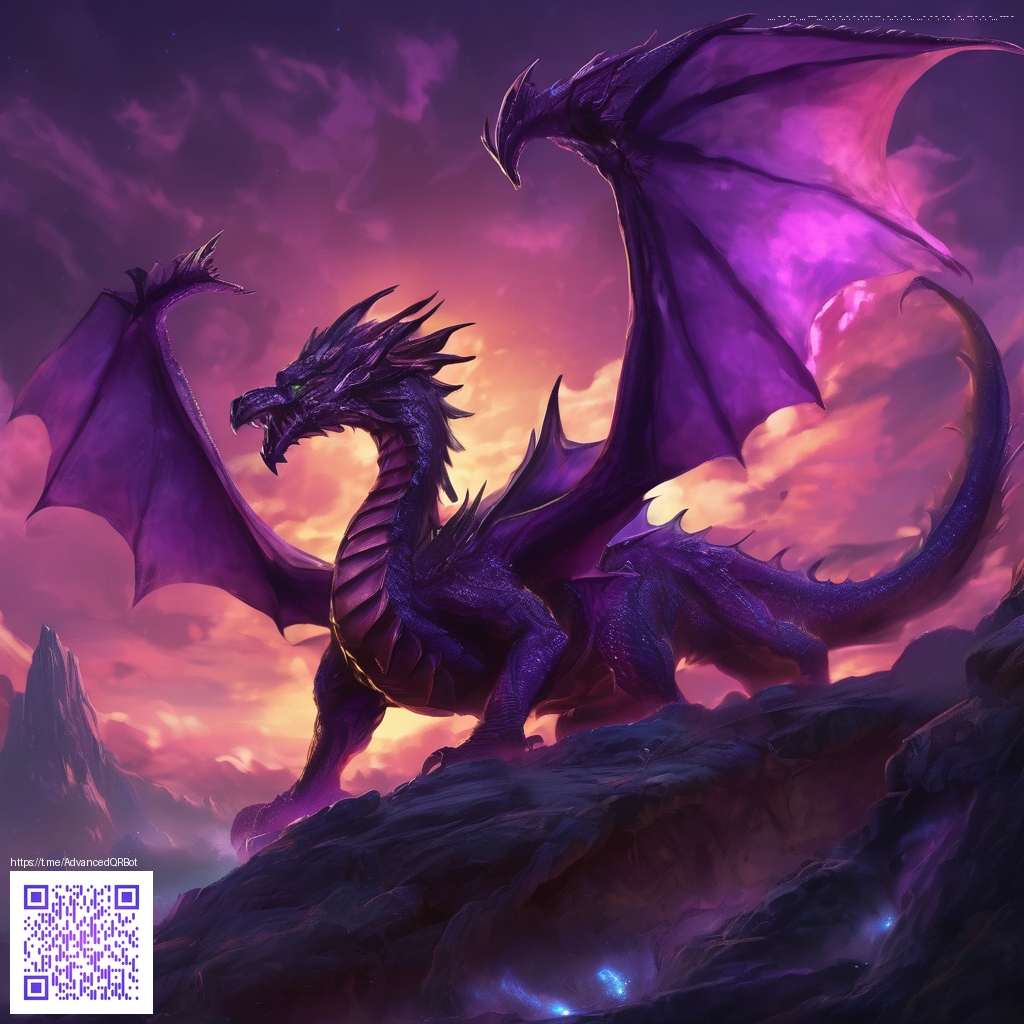
Grand Theft Auto V Legacy Revisited
When it launched in the early 2010s, a certain energy charged through the gaming world. The hype around Grand Theft Auto V was not simply about a new story; it was about an open world that could truly be lived in. Years later, that energy has transformed into a durable ecosystem where storytelling, multiplayer, and modding culture intersect in surprising ways. This piece takes a close look at whether the initial excitement was justified by the lasting impact, focusing on gameplay depth, community dynamics, ongoing updates, and the vibrant modding scene 💠.
Technical ambition and world design
The city of Los Santos became a character in its own right, a meticulously crafted sandbox that rewarded exploration and experimentation. The density of activity, the radio stations, and the way NPCs populate sidewalks created a sense of a living, breathing metropolis. The open world was not just large for the sake of it; it offered meaningful places to discover and reasons to roam beyond the main storyline, which helped the hype feel earned rather than manufactured.
Beyond the visuals, the technical ambition extended to environmental storytelling and variety in mission pacing. A single session could veer from chaotic firefights to quiet, character driven moments, and the world responded in kind, reinforcing the feeling that player choices shaped the experience in nuanced ways. For many players, that sense of immersion became a lasting benchmark for future sandbox titles 🌑.
Protagonist structure and mission design
Rockstar introduced three protagonists with distinct arcs that intertwined across the campaign. Switching between Michael, Franklin, and Trevor offered fresh angles on the same city, enabling multiple approaches to a single objective. The mission design supported experimentation, from stealth to all‑out confrontation, with a cinematic polish that made each sequence feel like a high production value moment.
The heist structure, in particular, encouraged players to plan and compare strategies, which added a layer of replayability that extended the campaign’s life well beyond its first playthrough. This design choice aligned with a broader ambition to blend narrative cinema with open world agency, creating a cadence that kept players engaged through the entire package.
Community insights and modding culture
The PC community in particular turned the game into a laboratory for ideas. Modding culture flourished, with visual overhauls, physics tweaks, and gameplay rebalances that reshaped how people experienced Los Santos. Roleplay servers and multiplayer mods transformed the sandbox into a stage for long running narratives, intense improvisation, and social experimentations that communities continue to curate together.
- Roleplay communities and expansive multiplayer experiments
- Mods that alter visuals, physics, and vehicle handling
- Community challenges and user created heists
These communities not only extended the life of the game but also influenced how developers approach sandbox design. The shared experiences created a feedback loop where player creativity informed future updates and community norms shaped what counted as a successful session.
Update cadence and developer commentary
Rockstar’s ongoing support for GTA Online has been central to the franchise’s staying power. Major updates introduced new heists, businesses, vehicles, and seasonal content that kept the online world feeling fresh years after launch. The developer discourse around live service and long term goals has been consistent, with players knowing they could expect regular additions rather than one off patches.
In practice, this approach has helped sustain a vibrant player base, even as the core narrative chapters aged. While some criticisms naturally emerge around monetization and content pacing, the overall trajectory demonstrates a commitment to a living, evolving world that rewards experimentation and community participation 💠.
Legacy and cultural impact
The game influenced streaming culture and meme economies, with countless moments becoming shared touchstones across platforms. It set a standard for open worlds that feel large yet densely curated, guiding design choices for later titles seeking similar breadth. The enduring appeal lies in a mix of accessible chaos and surprising depth, inviting both casual players and completionists to chart their own paths through Los Santos.
If you’re curious about the broader gaming ecosystem surrounding ambitious open worlds, consider supporting independent voices that explore these cross currents and help keep decentralized communities thriving. Your contribution fuels analysis, coverage, and community growth that push the conversation forward.
Support the Decentralized Internet